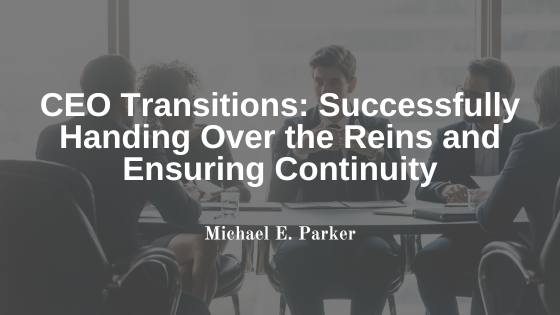CEO transitions are pivotal moments in a company’s life, influencing its future and stability. Whether it’s a young startup reaching a critical milestone or a mature corporation eyeing an IPO, the process of changing leadership is challenging yet necessary. In this article, we’ll break down the key phases of a successful CEO transition to ensure a smooth shift in leadership.
Phase 1: Anticipating the Transition
Planning for CEO succession should start early, often well before the need becomes apparent. The board of directors plays a crucial role in determining whether the new CEO will come from within the organization or be an external hire. Both options have pros and cons. Promoting from within may seem convenient but can perpetuate the status quo, while an external hire can bring fresh perspectives and ideas but risk disrupting the existing culture.
To identify the best candidates, involve the board, incumbent CEO, Chief Human Resources Officer (CHRO), and the nominating committee. Consider executive development programs to nurture potential leaders, expanding your options. In cases requiring discretion due to performance issues, a third-party retained search firm can ensure confidential, effective recruitment.
Phase 2: Executing the Transition
Transition planning isn’t just about the official handover date; it begins well in advance, sometimes up to a year before. Communication is paramount during this phase. While informing the chosen successor is straightforward, it’s equally important to communicate transparently with other potential candidates. This maintains professionalism and minimizes disruptions.
Develop a communication strategy, led by the CHRO or Chief Marketing Officer (CMO), for announcing the outgoing CEO’s departure and the new leader’s appointment. This should include press releases and news articles to inform stakeholders and clients about the changes.
If the new CEO is an internal promotion, onboarding is less complex. However, for external hires, a structured plan is necessary to acclimate them to the company’s culture. Define the exiting CEO’s role clearly to prevent confusion among staff.
Phase 3: Ingestion of the Transition
In the final phase, the board should maintain a supportive yet non-intrusive presence for the new CEO. Striking the right balance is essential to foster a healthy relationship. The outgoing CEO should refrain from intervening in any staff issues regarding the new leader, even if they remain on the board.
A successful CEO transition isn’t complete until the new CEO is comfortably settled into their role. This can take time, and during this period, the executive team and CHRO play vital roles in facilitating a smooth relationship with staff and board members. The new CEO must be adaptable, willing to learn, and capable of driving positive changes for the company and its culture.
CEO transitions, though challenging, are inevitable. However, a well-executed transition plan covering these phases can make the process as smooth as possible. The success of a CEO transition can be the difference between a company’s prosperity and its struggles. By preparing and implementing a thoughtful transition plan, companies can ensure continuity and long-term success.
